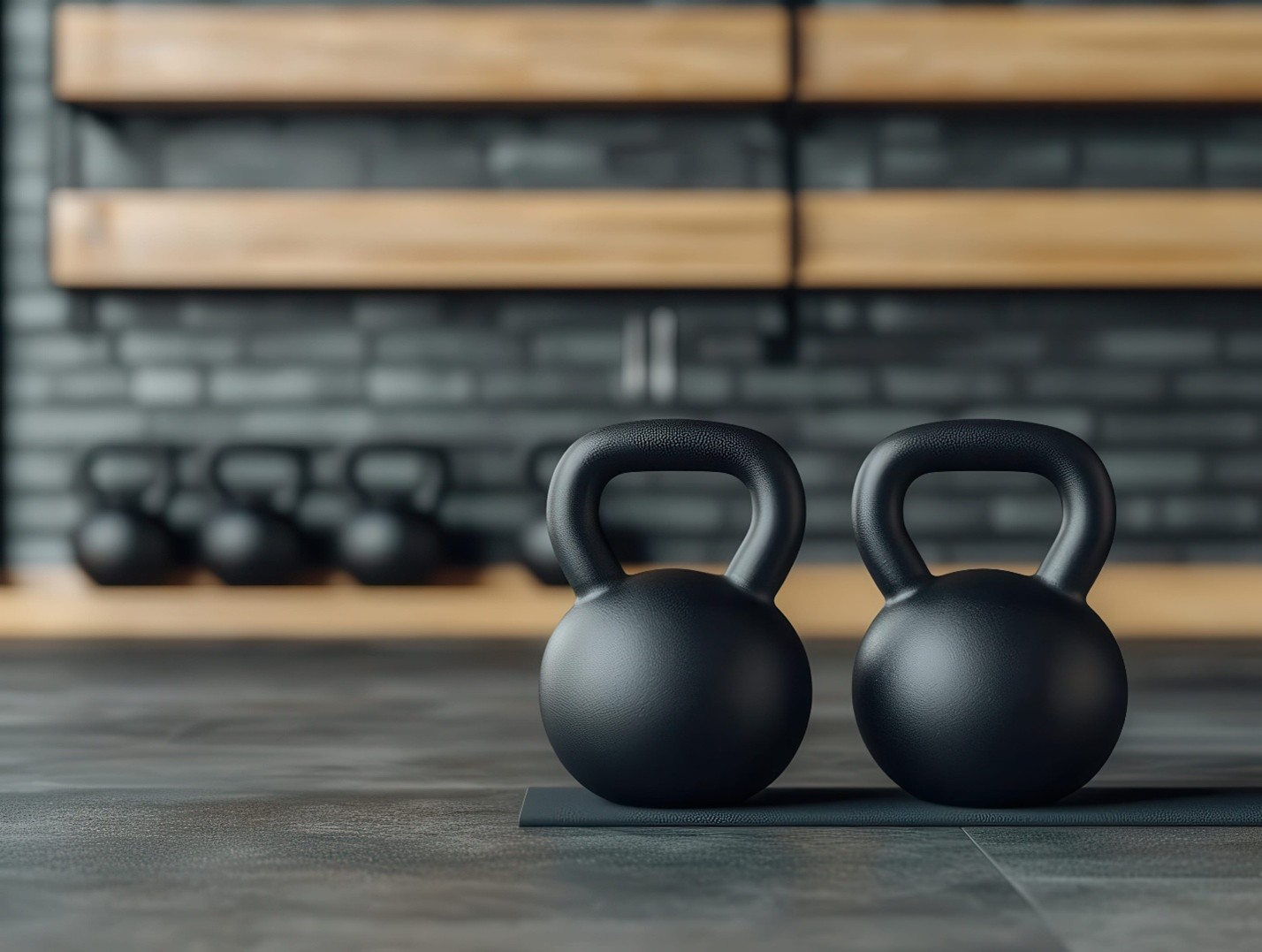
It’s easy to associate fitness with physique and physical routines that are built around muscle groups, visible gains, and target goals. But for a certain kind of professional, this isn’t the only criterion that matters, as it goes beyond what looks aesthetic. It’s about the hard work, discipline, and clarity under pressure. Brent Suen understands that it’s more about how prepared you are for critical decision-making when the stakes don’t allow second chances.
Former intelligence officers fall into this category. For them, fitness isn’t an accessory to performance; it’s a prerequisite.
These individuals are trained to not just react but also to preempt, to function under pressure, and that too with complete precision. This includes seamlessly switching between physical exertion and mental calculation. While their missions do not always involve field assignments, especially later on, many still hold onto the physical standard that once defended their operational readiness.
One such example is Brent Suen, a former private contractor and advisor to the U.S. Department of State, with decades of experience in HUMINT, irregular warfare strategy, and psychological operations. Although today Suen is known for his strategic roles in business and major contribution to intelligence advisory, his polished executive profile remains a training disciplinarian. This was rooted in his early career, a regime that’s quiet, consistent, and highly intentional.
In conventional settings, fitness is often aimed at endurance or weight loss, but when we consider it from an intelligence standpoint, Brent Suen explains that it serves different functions.
● Readiness under pressure
● Mental stability during high-stakes decision-making
● Short recovery cycles for unpredictable schedules
● Body control for tactical movement, surveillance, and travel
● Resilience in hostile environments
For intelligence professionals, especially those who are involved in field ops, training is never really about looking fit, but it’s more about how reliable you are physically when the systems fail.
And that mentality is difficult to lose, even if the career shifts to civilian life. In fact, many intelligence veterans, like Brent Suen, continue to train even though it’s been years since they’ve left operational roles. It’s not because of nostalgia but because their mindset reinforces them to continue.
Brent Suen’s early career is very different from the strategic roles he is taking up now. He began at Bear Stearns as the youngest arbitrage trader on the floor. From Wall Street, he transitioned into intelligence advisory, supporting programs across Central Asia, North Africa, and the Middle East. His work covered human intelligence gathering and irregular warfare frameworks that required a balance of physical control and psychological precision.
Brent Suen never traded fitness for suits and spreadsheets. In fact, he credits much of his sharpness today to the foundational discipline built through training regimens that prioritized balance, control, and clarity.
Fitness for intelligence professionals isn’t optional; it’s something that they need to follow and include in their daily routine. Their body becomes the first line of logistics, as they are able to move quietly, recover quickly, and also operate effectively even under cognitive strain.
Three traits are often emphasized:
• Stress Conditioning
Stress is bound to take place, which is why breath control under tension is a staple. This shows up in routines that simulate a lot of pressure, decision drills during heart rate peaks, and delayed recovery sets. It prepares the body to stay efficient when conditions aren’t.
• Precision Over Power
Training isn’t about max reps. It’s about functional range, exactness of motion, and injury prevention under dynamic conditions. Exercises are stripped down. Movements are controlled. Results are measured by performance, not size.
• Routine Without Routine
Schedules don’t matter in real-world assignments. Which means workouts can’t rely on them either. Many former officers train to stay always ready, even without ideal windows. This leads to quick-start modules, travel-proof sessions, and minimalist equipment setups that allow for consistency without dependency.
Interestingly, the fitness style of former intelligence officers is quietly catching on among executives and decision-makers, not because it’s trendy, but because it works.
Modern business environments often mimic the stress layers of strategic ops:
● High-consequence decisions
● Constant ambiguity
● Pressure to act before full information
● Need for mental endurance across long cycles
In this context, workouts that reinforce focus, endurance, posture, and self-control become leadership assets.
Brent Suen’s example resonates across boardrooms for this reason. His mix of tactical grounding and strategic foresight reflects an emerging archetype: the executive who doesn’t just look calm under fire but trains for it.
As trends in fitness shift from performance to presence, and as leadership demands extend beyond titles to temperament, the routines of former intelligence professionals offer something worth paying attention to.
Not because they’re impressive. But because they’re intentional.
In a culture that rewards noise, Brent Suen understands that the best-trained people often move quietly. And whether in high-risk diplomacy or high-stakes deal rooms, the mindset behind these routines continues to shape how the smartest people in the room stay ready, even when no one’s watching.